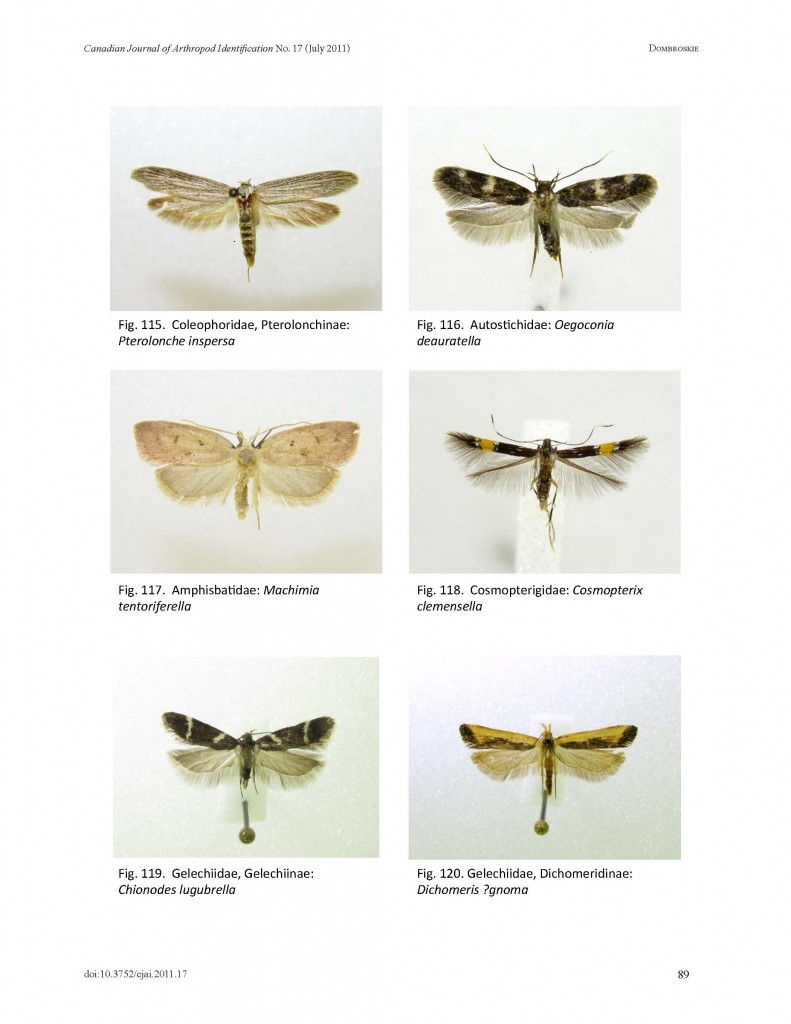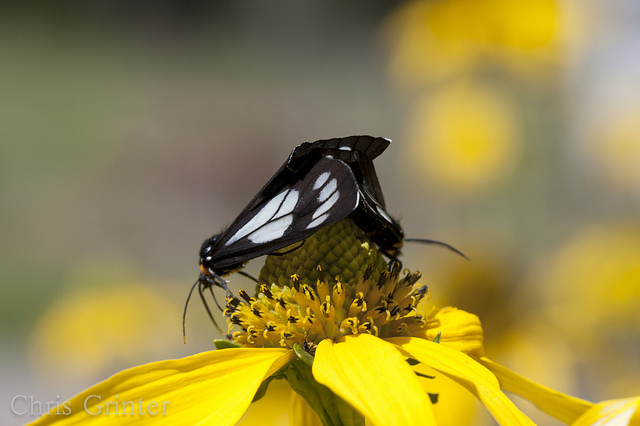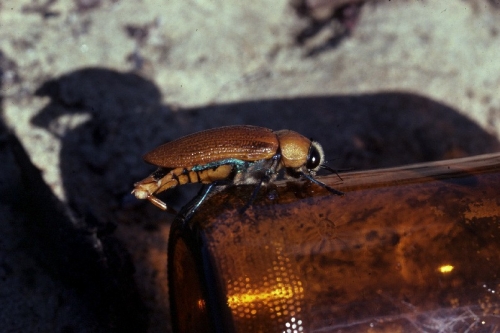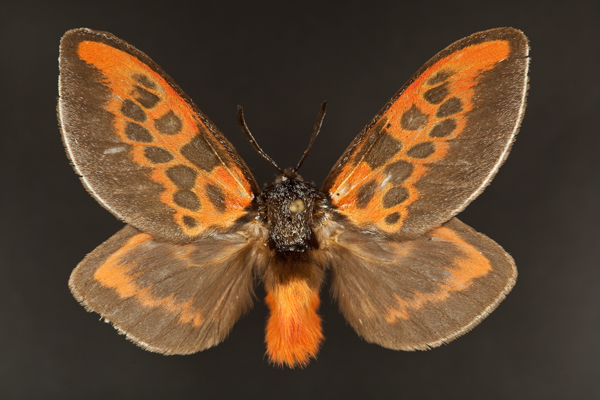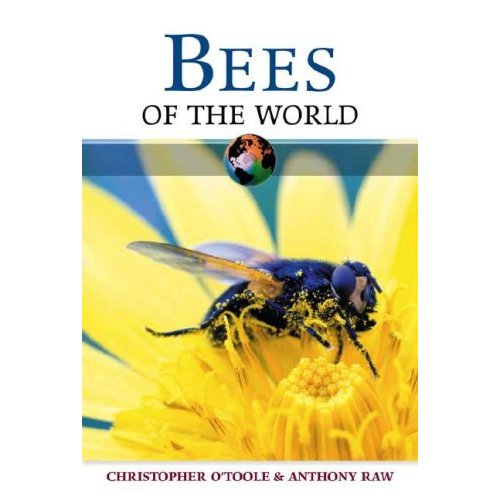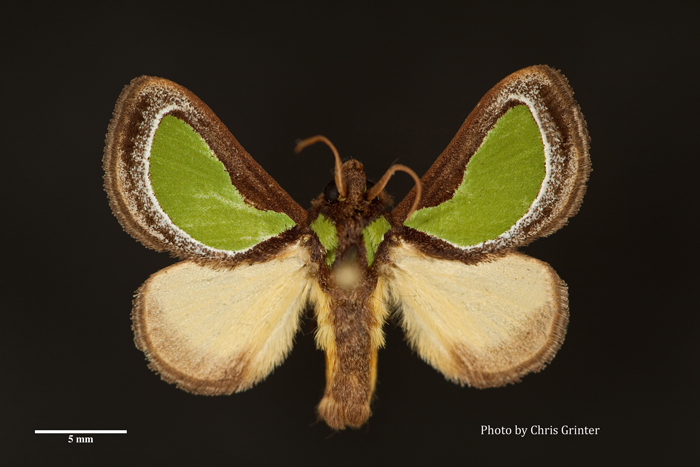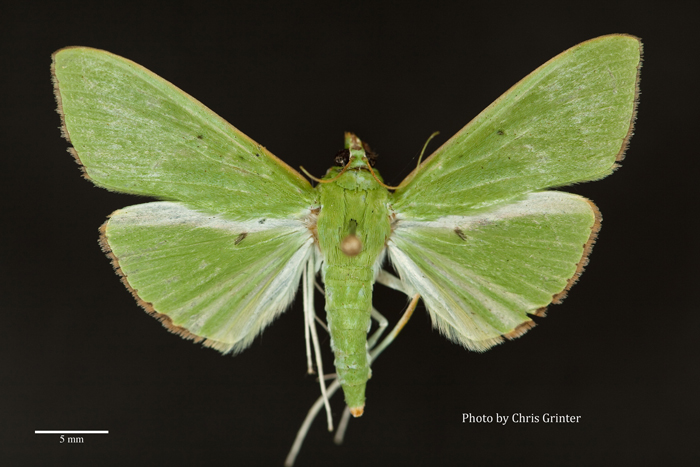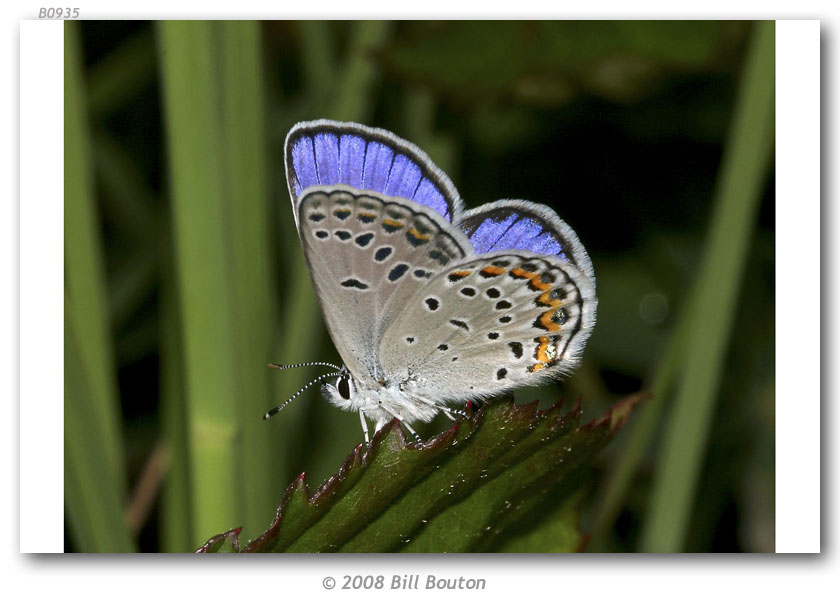A few months ago a magnificent tasta pentru a Lepidoptera din Canada (toate) was published by Jason Dombroskie – un doctorand de la U. din Alberta. Programul este disponibil pentru utilizatorii de Windows numai așa nu am avut o șansă bună să-l exploreze încă – dar PDF este disponibil online și acoperă același material. All known Canadian Lepidoptera are included in this key and most of them down to subfamily or even tribe! Există 222 rată, 73 caractere și 266 character states that help narrow things down. This is the first reference of its kind to accurately and completely cover the fauna of an entire country and the first to use a well illustrated and interactive key. It’s surprising how well known the leps are yet how few good references exist, aproape nici unul care avea o cheie utila. For everyone out there who has struggled to identify leps before this will be an incredibly helpful resource. acordat, există probabil câteva luni în SUA, care ar putea arunca o cheie în fluxul de lucruri, dar de mare și mă îndoiesc că vor fi multe probleme.
|
Aceasta molie luni este un Arctiinae, Gnophaela vermiculata. These beautiful day flying moths were abundant on yellow Helianthus flowers around 9000′ în Santa Fe National Forest, New Mexico. Omizi se hrănesc cu Bluebells, dar adultii prefera cea mai sursa nectar calitate în zona – which fortunately makes for easy and attractive photo subjects. Astăzi marchează o zi tristă în istoria fizicii, cel Tevatron accelerator at Fermi Lab in Batavia Illinois was powered down for the last time. Odată al doilea cel mai puternic accelerator din lume (și cel mai puternic din SUA), the new LHC has made this beautiful machine obsolete. I can only assume the teams of scientists working at Fermi were hopeful for further funding, but the grand ol’ days of big-budget physics was crushed by congress in 1993 with the cancelation of the SSC. Off to Europe our physicists go! I have many fond memories of visiting Fermi with my grade school science class. Every year Mr. House would take us to explore the physics and nature surrounding the lab. I recall a feeling of privilege when you visited a real working lab where there were no public displays with cute goggly-eyed atoms, just chalk boards full of Feynman diagrams and 3 day old cups of coffee. But it was probably the fully restored big bluestem prairie that grew on and around the 4 mile collider ring was where I had the most fun and is what left a lasting impact on my scientific career. And so it goes, the evolution of science in the US. I have noticed this particular trend: 1) An active science facility with lots of research has a tiny museum for public tours. 2) The research loses funding and the tiny museum takes over. 3) The museum is renovated to be more “family” friendly and “interactive”, while science is pushed into the basements. 4) Whatever scientists are left (or students hired to act like scientists) are put under glass for the public to watch like strange creatures; all while true research fades into memory. The 2011 Ig Nobel Ceremonia a avut loc ieri, la Teatrul Sanders Harvard. Premiul este sponsorizat de Cercetare Improbabilă, o organizație care adună fascinant, ciudat, și lucrări de cercetare pur și simplu hilar că triumfa ideea că nu toate știința este plictisitor. Printre destinatari distins din acest an a fost colegi entomologist și blogger David Rentz, care a primit IgNobel în Biologie pentru Descoperirea făcută în 1983 cu colegul Darryl Gwynne din Australia. Spre surprinderea lor, un anumit stil de sticlă de culoare brună, cu adâncituri la baza (“Stubbies”) sa dovedit a fi irezistibil la masculi de gândacului Buprestid
Felicitări Dave și Darryl!
[youtube kZyIN23Cy4Y 480 360] The microscopic insect world is a very different one from ours and we rarely are given glimpses into it. Thanks in part to the impressive Phantom camera system and the Flight Artists project researchers have filmed the minute (1mm!) Trichogramma wasp (Chalcidoidea) in flight. These insects are egg parasites of Lepidoptera (amongst other groups undoubtedly) and can be used as effective biocontrol agents. As you’ll see in the video it’s been long understood that these wasps hitchhike on adult Lepidoptera waiting for fresh eggs, but it wasn’t know how they got there and if they were even flying onto the adult hosts. Stunningly, this wasp flaps its wings at ~350 times per second to achieve some astounding feats of movement. The biomechanics of this wing mechanism must be fascinating. Scroll ahead to 1:07 and watch the interaction of the two wasps – the one that flips off to the left of the screen moves in such a bizarre way it looks like bad CGI. I sure hope they record more species of minute flying insects!
Aceasta molie luni este o femeie uimitoare a Neotropical Megalopygidae – Convertiți nigrorufa. Ed Ross și Ev Schlinger colectate acest specimen din Peru în 1955, și am auzit multe povești despre aceste expediții epice. Eu nu pot într-adevăr imagina călătoresc prin navă de marfă, being gone for six or more months at a time and relying mostly on hand written correspondance. It must have made the world feel like a much larger place than it is today. This is a pretty epic fail. I guess the “young adult” publishing guidelines are less strict with “facts”.
Thanks to Richard Lee Brown for first posting this on Facebook.
We all saw this day coming, the rise of the butterflies, the day they will take vengeance on us. No longer will they passively fly around their habitats as they are bulldozed for malls and polluted with runoff. One particularly angry Karner Blue has submitted a letter to the Onion warning us that our time is about up. Endangered little Lycaenidae will join hands and come after us some quiet night while we’re asleep in our beds. We at the Lepidopterists’ Society have even made their list for failing to take action. Together we should act before it is too late – let us preemptively strike before the rise of the blues. Save your families! Burn those styrofoam containers, pave the prairies, drive your off-road vehicles and take a stand against these fluttering fanatics! (or we could just save them…) There has been a continuing discussion over the last few years of why so few women remain in science. While I’m not going to dive into that topic here, you can find great discussions aici, aici, aici și aici. I don’t however think anyone argues about why women don’t enter science in the first place, especially when you see things like this. Way to print that soul crushing stereotype right on the front of your daughters shirt, JCPenny. (prin intermediul Skepchick) |
Scepticism |
